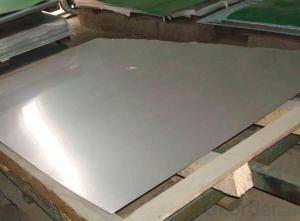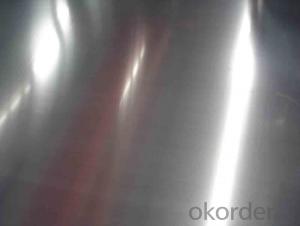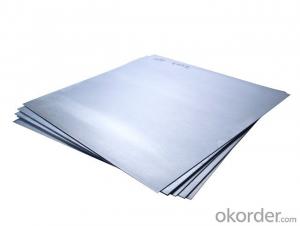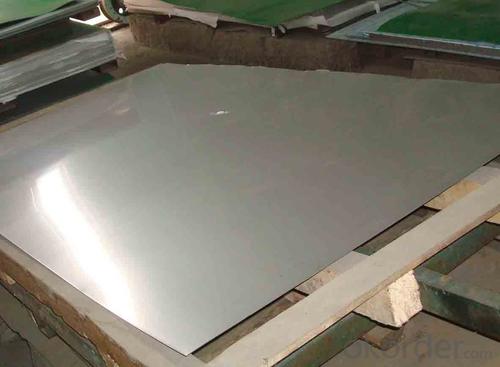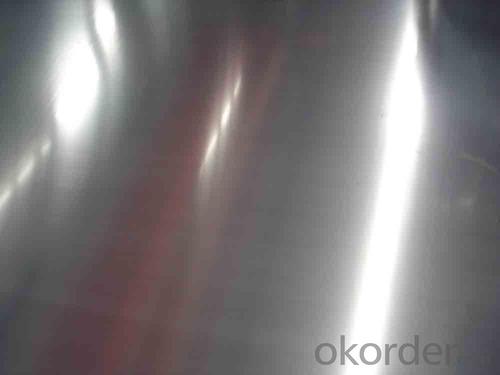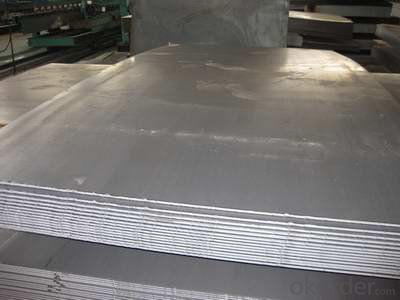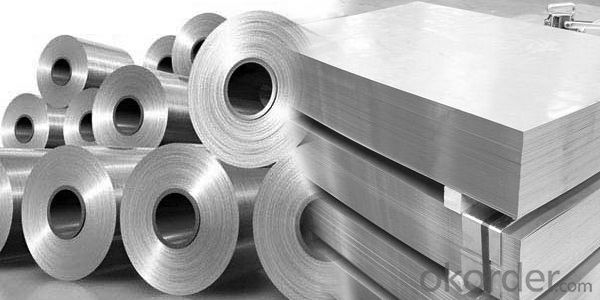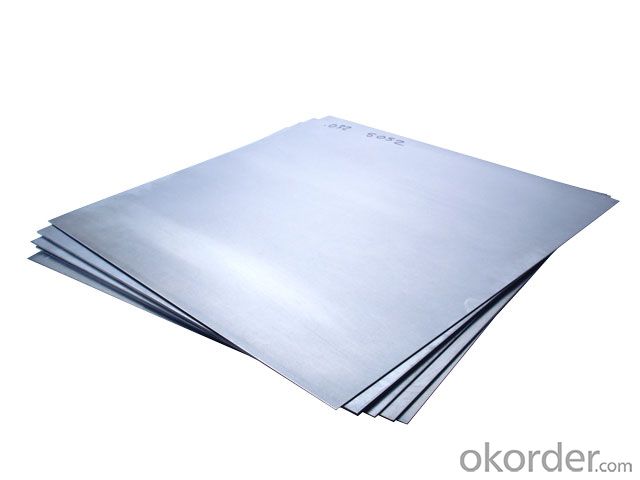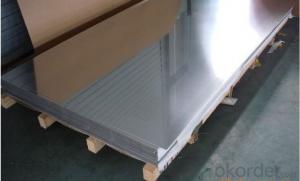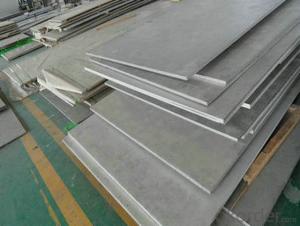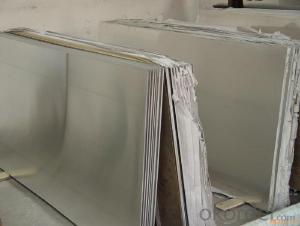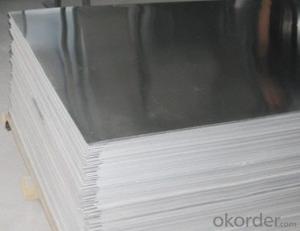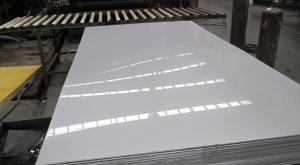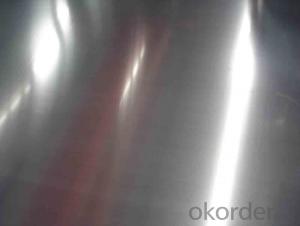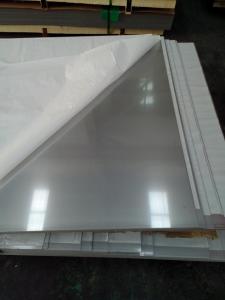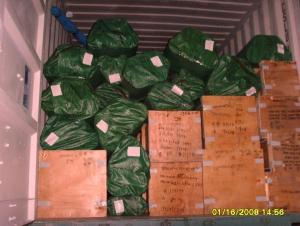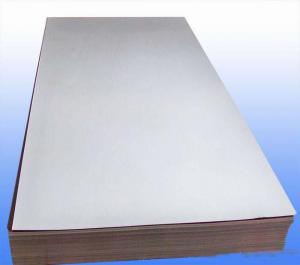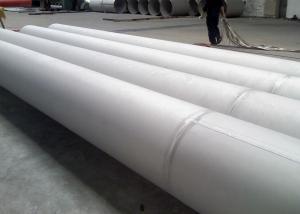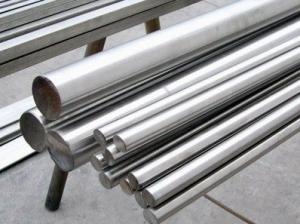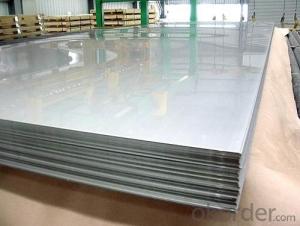Stainless Steel Sheet 444 with No.4 Surface Treatment
- Loading Port:
- Shanghai
- Payment Terms:
- TT OR LC
- Min Order Qty:
- 500 m.t.
- Supply Capability:
- 5000000 m.t./month
OKorder Service Pledge
OKorder Financial Service
You Might Also Like
Hot sale stainless steel sheet 201/202/304/304l/310S/309S/316L/316Ti/316/316l/321,410/420/430/444/443/409L, and 904L.
Description of Stainless Steel Sheet:
Description | steel sheet,hot rolled steel sheet,cold rolled steel sheet, steel sheet,sheet,steel plate |
Standard | ASME, ASTM, EN ,BS,GB,DIN, JIS etc |
Application | Steel sheet applies to construction field, ships building industry, petroleum & chemical industries, war and electricity industries, food processing and medical industry, boiler heat exchanger, machinery and hardware fields. |
Packaging | Standard export sea-worthy packing |
Delivery time | 10-30 days |
Quality | No.1 |
Productivity | 500 tons/Day |
Note | Our company has cooperative relation between the domestic agents. Stainless steel sheet can be made accordingto the customers requirements. Fasten delivery. Quality assured. |
Contacts | If you have any question,please feel free contact me. |
Stainless steel sheet surface finish characteristics
Surface finish | Characteristics and application |
2B | The surface brightness and flatness of no2B is better than no2D. then through a special surface treatment to improve its mechanical properties,No2B could nearly satisfy comprehensive uses. |
No.1 | Polished with abrasive belt of grit#100-#200, have better brightness with discontinuous coarse stria, used as inner and external ornaments for building, electrical appliances and kitchen utensils etc. |
No.4 | Polished with abrasive belt of grit #150-#180,have better brightness with discontinuous coarse stria, but thinner than No3, are used as bathtub buildings inner and external ornaments electrical appliances kitchen utensils and food processing equipment etc. |
HL | Polished with abrasive belt of grit #150-#320 on the NO.4 finish and has continuous streaks, mainly used as buildings ornaments elevators, door of building, frontal plate etc. |
BA | Cold rolled, bright annealed and skin-passed, the product have excellent brightness and good reflexivity like mirror, kitchen apparatus, ornament etc. |
8K | The product have excellent brightness and prefer reflexivity can to be the mirror. |
Main Features of stainless steel sheet :
•Escalator, Elevator, Doors
•Furniture
•Production tools, Kitchen appliances, freezers, cold rooms
•Auto Parts
•Machinery and Packaging
•Equipment and Medical devices
•Transport system
Product Details:
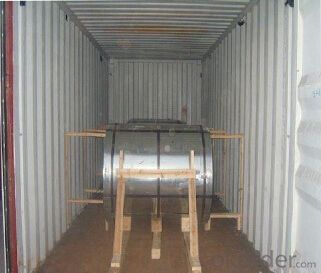
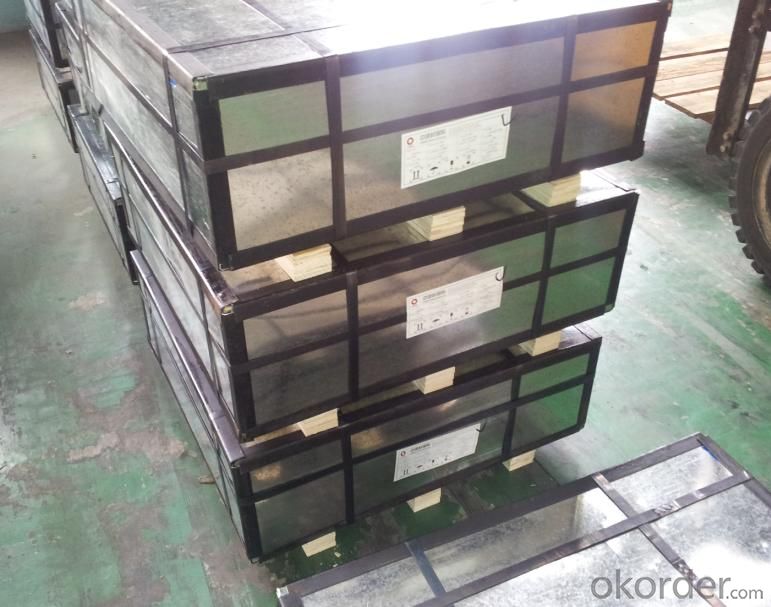
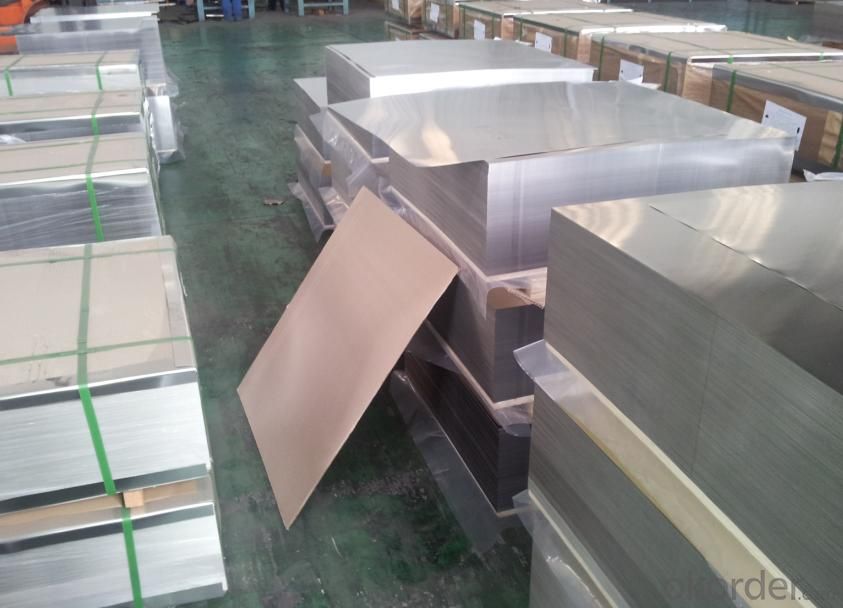
Sandard Seaworth Packing(wooden packing with water proof paper)

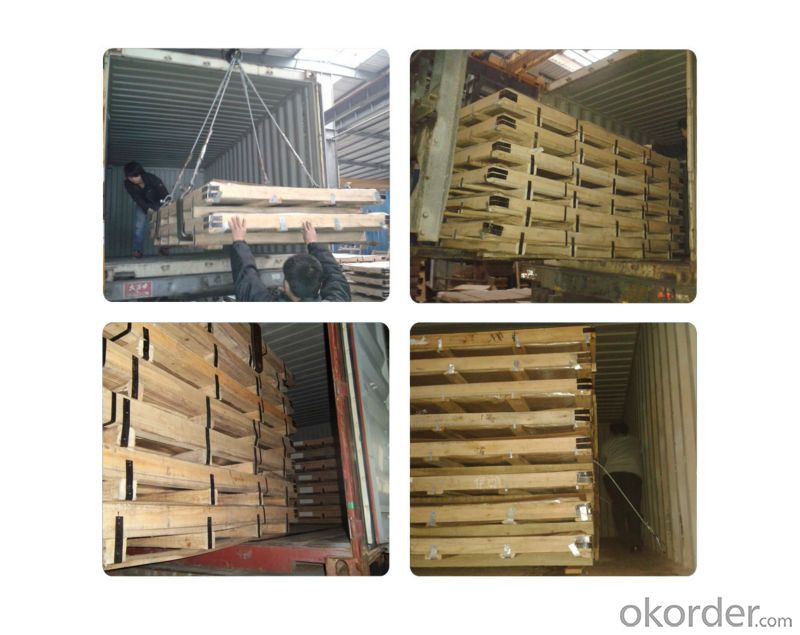
FAQ:
1. What's the quality?
very fine
2. How long get reply?
within 24 hours
If you have any question about stainless steel sheets,donot forget to sending the email to Us! You will get the competitive Price and have a very good experience about the Buying Process! CNBM International Corporation is always your trustful friend!
- Q: What's the difference between stainless steel 8K and BA?. How to distinguish from the surface of materials?
- Unlike abrasive materials, the 8K has lower surface roughness than the BA board, and the BA board can be used as a mirror. Imagine how bright the 8K is, and it's hard to distinguish between the naked eye and the naked eye.
- Q: What are stainless steel sheets used for?
- Stainless steel sheets serve a multitude of purposes in diverse industries. Their outstanding resistance to corrosion, durability, and attractive appearance make them highly sought after in both commercial and residential settings. Within the construction field, these sheets are utilized for roofing, cladding, and facades due to their ability to withstand harsh environmental conditions while providing a contemporary and sleek look. In the automotive industry, they are frequently employed in the construction of car bodies, exhaust systems, and decorative trims. Furthermore, stainless steel sheets find extensive use in the food and beverage sector, where their hygienic qualities make them ideal for kitchen equipment, countertops, and food processing machinery. Additionally, they are widely used in medical equipment, pharmaceuticals, and laboratory settings due to their resistance to corrosion and ease of cleaning. They are also employed in furniture, appliances, signage, and for decorative purposes, as they can be easily customized and molded into various shapes and sizes. All in all, stainless steel sheets are an adaptable material that fulfills a diverse array of requirements in different industries, owing to their strength, durability, and corrosion resistance properties.
- Q: How do I prevent galvanic corrosion on stainless steel sheets?
- There are several measures that can be taken to prevent galvanic corrosion on stainless steel sheets: 1. Opt for a suitable stainless steel alloy: Select a grade of stainless steel, such as 316 or 317, which is less susceptible to galvanic corrosion compared to 304 stainless steel. 2. Keep dissimilar metals separate: Avoid direct contact between stainless steel sheets and other metals, particularly those with a higher potential for galvanic corrosion. If contact is necessary, use insulating materials like gaskets or rubber pads to create a barrier between the metals. 3. Apply protective coatings: Use specially designed protective coatings or paints for stainless steel to create a barrier that shields against galvanic corrosion. These coatings act as sacrificial layers, safeguarding the stainless steel from direct contact with corrosive substances. 4. Utilize isolation materials: Install insulating materials, such as plastic washers, insulating tape, or non-conductive gaskets, between stainless steel sheets and other dissimilar metals. This prevents direct electrical contact and subsequent corrosion. 5. Maintain proper upkeep: Regularly clean and inspect stainless steel sheets to remove any contaminants or foreign substances that may contribute to corrosion. Avoid using abrasive cleaners or tools that could damage the protective layer of the stainless steel. 6. Employ electrochemical protection: Implement cathodic protection techniques, such as sacrificial anodes or impressed current systems, to introduce an external source of electrons that counteracts galvanic corrosion. These methods help shift the corrosion potential of the stainless steel sheets to a more passive range. By adhering to these preventive measures, the risk of galvanic corrosion on stainless steel sheets can be significantly reduced. This ensures their longevity and helps maintain their structural integrity.
- Q: What are the common uses of stainless steel sheets in the automotive industry?
- Due to their unique properties and characteristics, stainless steel sheets have numerous applications in the automotive industry. Below are some common uses of stainless steel sheets in this industry: 1. Exhaust Systems: Stainless steel sheets are extensively utilized in the manufacturing of vehicle exhaust systems. The high-temperature resistance, corrosion resistance, and durability of stainless steel make it an ideal choice for this application. 2. Body Panels: Stainless steel sheets are commonly employed for producing body panels, including fenders, hoods, and doors. The strength, impact resistance, and aesthetic appeal of stainless steel make it a popular material for enhancing the durability and appearance of vehicles. 3. Structural Components: Various structural components in automotive applications are fabricated using stainless steel sheets. These components may include chassis, brackets, reinforcements, and frame parts. Stainless steel's high strength-to-weight ratio and excellent mechanical properties make it suitable for enhancing the overall stability and strength of the vehicle. 4. Fuel Tanks: Stainless steel sheets are frequently used for manufacturing fuel tanks in automobiles. The resistance of stainless steel to corrosion, especially against chemicals present in fuels, ensures long-lasting and leak-free fuel storage. 5. Heat Shields: Stainless steel sheets are utilized in the production of heat shields to protect sensitive components from excessive heat generated by the engine or exhaust system. Stainless steel's excellent thermal conductivity and resistance to high temperatures make it an ideal material for this purpose. 6. Fasteners and Clamps: Various fasteners, clamps, and brackets in automotive applications are manufactured using stainless steel sheets. These components require high strength, corrosion resistance, and durability, which stainless steel provides. 7. Trim and Decorative Accents: Stainless steel sheets are often used for trim and decorative accents in vehicles. The aesthetic appeal, shine, and corrosion resistance of stainless steel add elegance and durability to the vehicle's interior and exterior. In conclusion, stainless steel sheets have a wide range of applications in the automotive industry, including exhaust systems, body panels, structural components, fuel tanks, heat shields, fasteners, clamps, and trim. The unique properties of stainless steel, such as corrosion resistance, high strength, durability, and aesthetic appeal, make it a preferred material for various automotive applications.
- Q: How do I prevent corrosion under insulation on stainless steel sheets?
- In order to avoid corrosion under insulation on stainless steel sheets, there are several measures that can be taken: 1. Make careful choices when selecting insulation materials. Opt for materials that are compatible with stainless steel and have a low water absorption rate. Avoid using materials that can cause galvanic corrosion when they come into contact with stainless steel. 2. Ensure that the insulation thickness is adequate to prevent moisture condensation on the surface of the stainless steel. Moisture condensation can trap moisture and speed up the corrosion process. Seek advice from an insulation specialist to determine the appropriate thickness for your specific situation. 3. Install vapor barriers between the insulation and the stainless steel sheets. These barriers act as a moisture barrier and prevent water or moisture from entering, which can lead to corrosion. Vapor barriers can be made from materials like foil or plastic films. 4. Pay attention to proper installation techniques to avoid any gaps or areas where moisture can accumulate. Focus on the joints, seams, and connections, ensuring that they are tightly sealed to prevent water from penetrating. 5. Regularly inspect and maintain the insulation system to detect any signs of damage, such as leaks or deterioration. Promptly repair any damaged insulation or vapor barriers to prevent moisture from reaching the stainless steel surface. 6. Provide sufficient ventilation to prevent moisture buildup in enclosed spaces. Good airflow can help reduce the occurrence of condensation and subsequent corrosion. 7. Consider using cathodic protection methods, such as sacrificial anodes or impressed current systems, to protect stainless steel sheets from corrosion. These methods generate an electrical current that counteracts the corrosion process, extending the lifespan of the stainless steel. It is important to consult with corrosion specialists or insulation experts to ensure that the best practices are implemented for your specific application and environment.
- Q: Are stainless steel sheets suitable for electrical applications?
- Yes, stainless steel sheets are suitable for electrical applications. Stainless steel is a highly conductive material and is resistant to corrosion, making it an ideal choice for various electrical components and equipment. Additionally, stainless steel sheets provide durability and excellent mechanical properties, ensuring long-lasting performance in electrical applications.
- Q: Can stainless steel sheets be used for railway station facades?
- Yes, stainless steel sheets can be used for railway station facades. Stainless steel is a durable and corrosion-resistant material that can withstand harsh weather conditions, making it suitable for exterior applications. It also has an attractive and modern appearance, making it a popular choice for architectural design. Additionally, stainless steel sheets are easy to clean and maintain, which is important for high-traffic areas like railway stations. Overall, stainless steel sheets are a suitable and practical option for railway station facades.
- Q: How do stainless steel sheets differ from regular steel sheets?
- Stainless steel sheets differ from regular steel sheets primarily in terms of their composition and properties. While regular steel sheets are made of iron and carbon, stainless steel sheets contain additional alloys such as chromium, nickel, and manganese. This composition gives stainless steel sheets a higher resistance to corrosion, making them more durable and suitable for applications where exposure to moisture or harsh environments is a concern. Additionally, stainless steel sheets have a distinctive shiny appearance, known as the stainless steel "finish," which can be maintained even with frequent use.
- Q: What's the difference between stainless steel coil and stainless steel plate?
- The chemical resistance of the medium (acid, alkali, salt and other chemical etching) corrosion of steel called acid resistant steel. Because of the difference in the chemical composition of the two, and make their corrosion resistance is different, ordinary stainless steel is generally not resistant to chemical medium corrosion, and acid resistant steel are generally stainless steel.
- Q: Can stainless steel sheets be used for cryogenic storage containers?
- Yes, stainless steel sheets can be used for cryogenic storage containers. Stainless steel is known for its excellent strength, durability, and resistance to corrosion, which makes it well-suited for cryogenic applications. Additionally, stainless steel has a low thermal conductivity, which helps to minimize heat transfer from the surroundings to the stored contents. This property is crucial in cryogenic storage to maintain the low temperatures required for the preservation of materials such as liquefied gases or biological samples. Overall, stainless steel sheets are a reliable and commonly used material for cryogenic storage containers.
Send your message to us
Stainless Steel Sheet 444 with No.4 Surface Treatment
- Loading Port:
- Shanghai
- Payment Terms:
- TT OR LC
- Min Order Qty:
- 500 m.t.
- Supply Capability:
- 5000000 m.t./month
OKorder Service Pledge
OKorder Financial Service
Similar products
Hot products
Hot Searches
Related keywords
